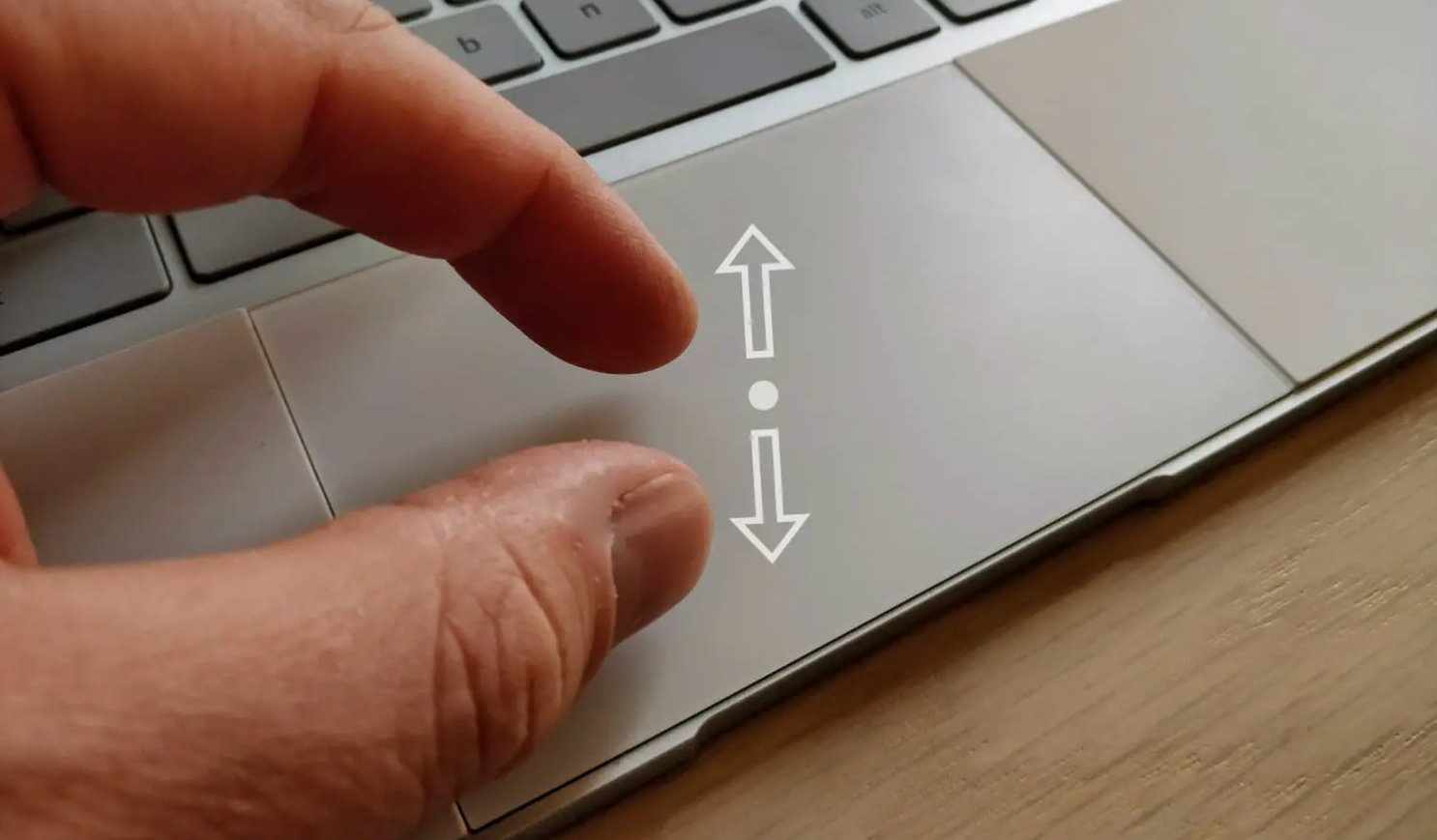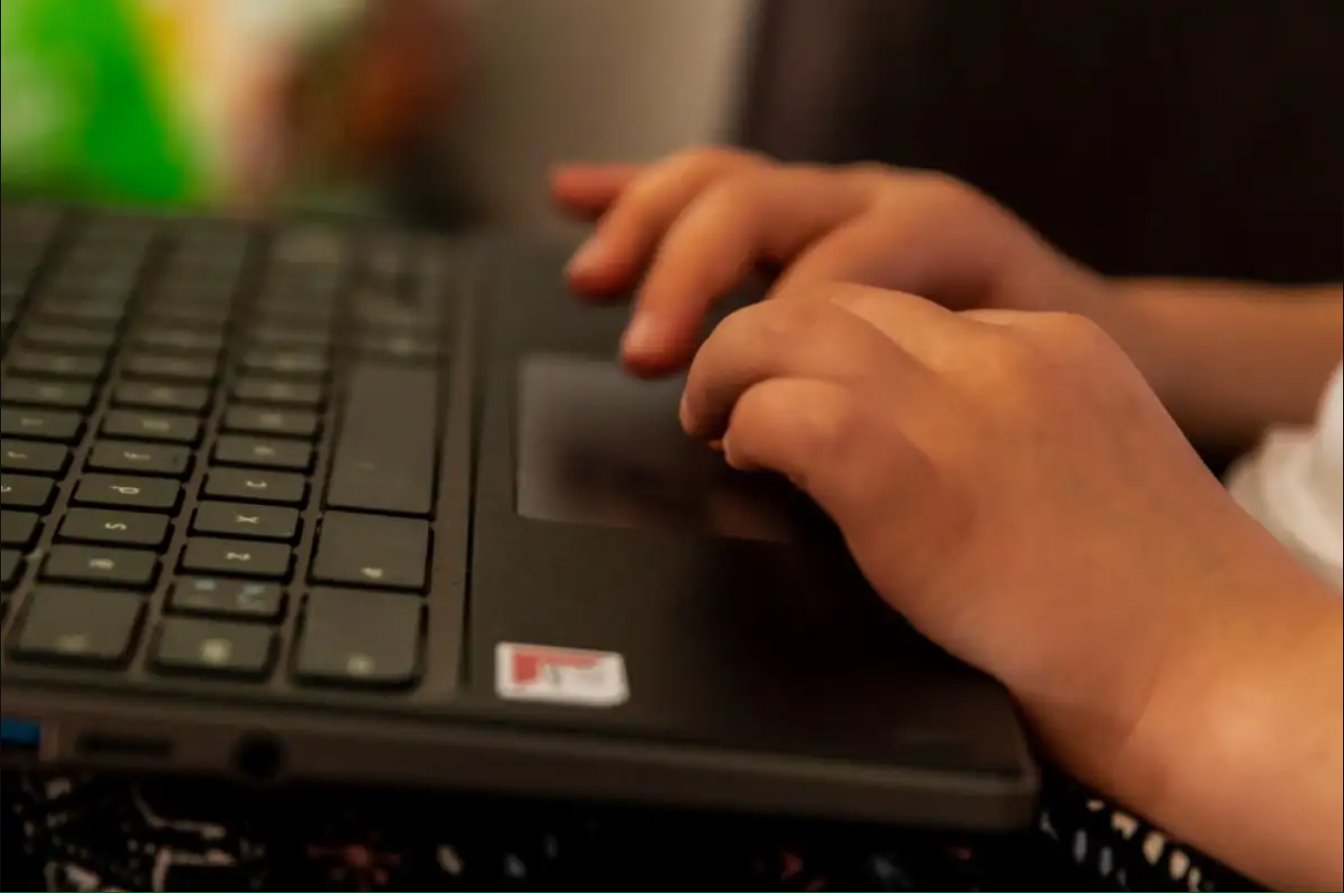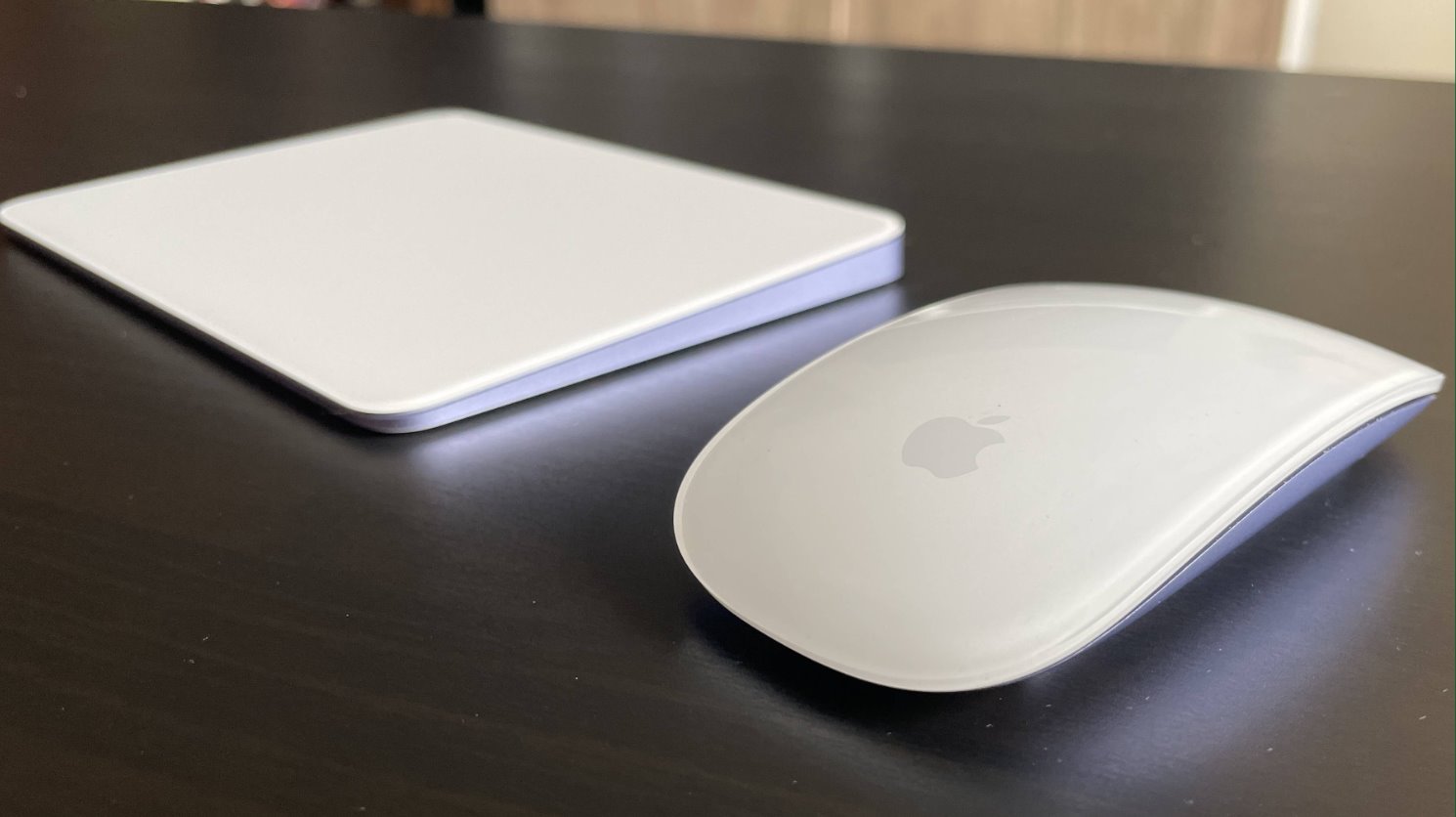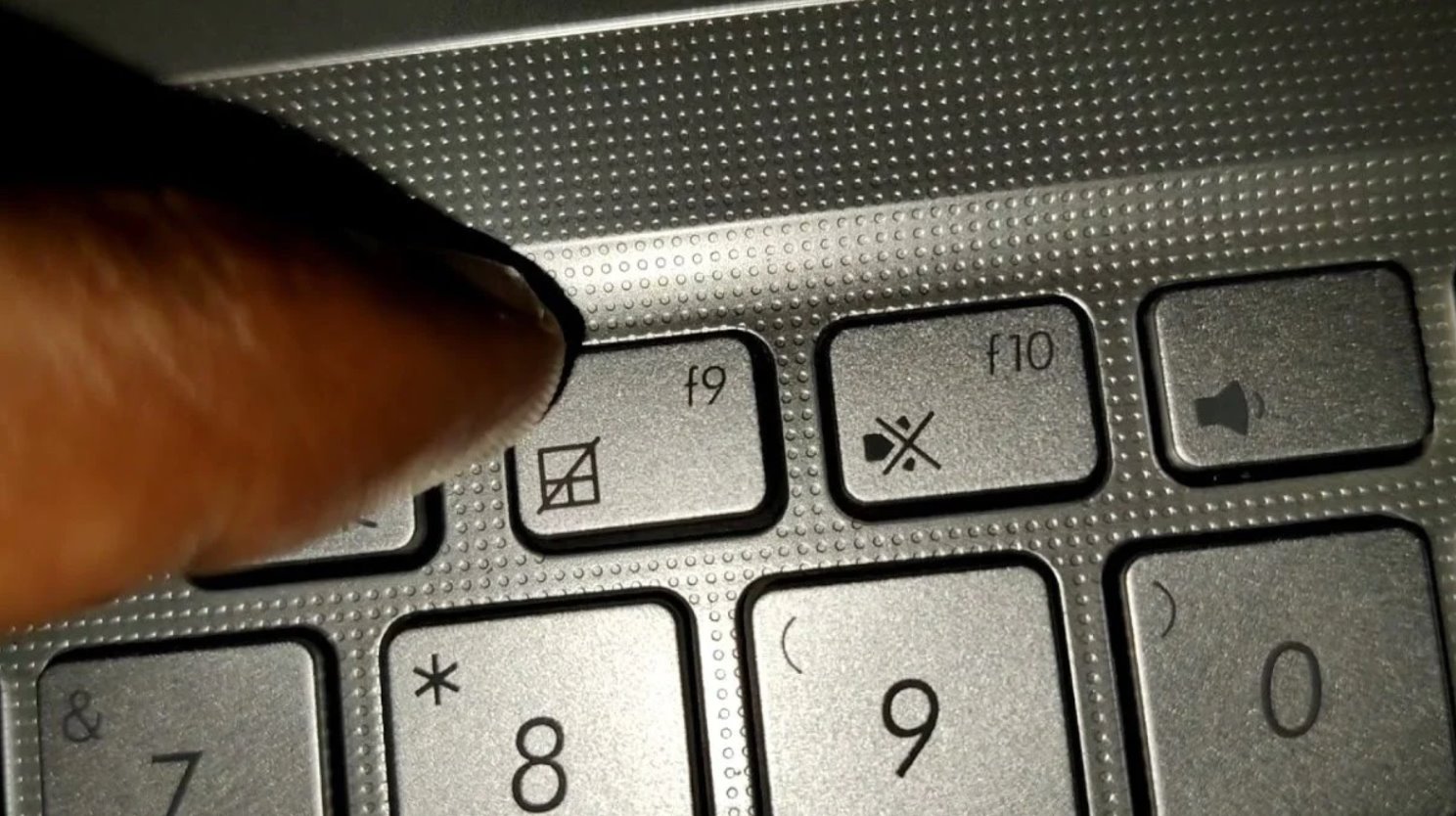Introduction
Welcome to the guide on how to disable the trackpad on Windows 8. If you find yourself accidentally brushing the trackpad while typing or prefer using an external mouse, you may want to disable the trackpad functionality temporarily or permanently. Fortunately, Windows 8 offers various methods to achieve this.
Having a trackpad can be convenient for navigating the cursor and performing gestures, but it can also be frustrating when it interferes with your work or gaming experience. By disabling the trackpad, you can avoid accidental clicks or cursor movement.
In this article, we will explore three methods to disable the trackpad on Windows 8. These methods include using the trackpad settings, accessing the Device Manager, and installing third-party software. Whether you are a casual user or a power user, you will find a method that suits your needs.
Please note: The steps provided in this guide are specifically for Windows 8. If you are using a different version of Windows, the steps may vary. Additionally, disabling the trackpad may require administrator privileges.
Now, let’s dive into the different methods and learn how to disable the trackpad on Windows 8!
Method 1: Using the Trackpad Settings
If your Windows 8 laptop has trackpad settings built-in, you can easily disable the trackpad by adjusting the settings. Here’s how:
- Go to the Control Panel by pressing the Windows key + X on your keyboard and selecting “Control Panel” from the menu.
- In the Control Panel window, click on the “Hardware and Sound” category.
- Under the “Devices and Printers” section, click on “Mouse.”
- A new window will open with various tabs for mouse properties. Look for a tab related to “Trackpad” or “Touchpad.”
- Click on the Trackpad or Touchpad tab, and you should see an option to enable or disable the trackpad. Uncheck the box or toggle the switch to disable the trackpad.
- Click “Apply” or “OK” to save the changes.
Once you have followed these steps, the trackpad on your Windows 8 laptop should be disabled. However, keep in mind that the specific steps may vary depending on the manufacturer and model of your laptop.
If you can’t find the trackpad settings in the Control Panel, try searching for “Trackpad” or “Touchpad” in the Windows 8 Start menu or settings search bar. Some laptops have trackpad settings integrated into their own software or drivers.
Using the trackpad settings is generally the easiest and quickest way to disable the trackpad, especially if your laptop has built-in options. However, if your laptop doesn’t have trackpad settings or you prefer a different approach, don’t worry! There are other methods we can explore.
Method 2: Using the Device Manager
If the trackpad settings are not available or don’t provide an option to disable the trackpad, you can use the Device Manager to achieve the same result. Here’s how:
- Open the Device Manager by pressing the Windows key + X on your keyboard and selecting “Device Manager” from the menu.
- In the Device Manager window, navigate to the “Mice and other pointing devices” section and expand it.
- You should see the trackpad listed under this section, which may be named “PS/2 Compatible Mouse” or something similar.
- Right-click on the trackpad and select “Disable” from the context menu.
- A warning message may appear informing you that disabling the device may lead to unexpected results. Click “Yes” or “OK” to confirm.
Once you have followed these steps, the trackpad should be disabled. If you ever want to re-enable the trackpad, simply follow the same steps, but select “Enable” instead of “Disable” in the Device Manager.
Using the Device Manager allows you to directly control the hardware of your trackpad. However, keep in mind that disabling the trackpad through the Device Manager will prevent it from functioning until you manually re-enable it.
If you encounter any issues or the trackpad does not appear in the “Mice and other pointing devices” section, it is possible that the trackpad driver is not installed or there may be a compatibility issue with Windows 8. In such cases, you may need to visit the manufacturer’s website to download and install the latest trackpad driver.
Now that you have learned how to disable the trackpad using the Device Manager, let’s explore one more method to achieve the same result.
Method 3: Installing Third-Party Software
If the trackpad settings and Device Manager options don’t meet your needs, you can consider installing third-party software specifically designed to manage and disable the trackpad on Windows 8. Here’s how:
- Search online for third-party software that offers trackpad management features and is compatible with Windows 8. There are several options available, such as TouchFreeze, Touchpad Blocker, or TrackpadPal.
- Visit the official website of the software you choose and download the installer file for Windows 8.
- Once the installer file is downloaded, double-click on it to launch the installation process.
- Follow the on-screen instructions to install the software on your Windows 8 system. Make sure to review and select any additional options or preferences during the installation, if provided.
- After the installation is complete, launch the software. You should see a user interface or settings window where you can configure the trackpad settings.
- Look for an option to disable the trackpad and enable it if needed. The exact steps may vary depending on the software you installed.
Once you have configured the third-party software to disable the trackpad, it will run in the background, ensuring that the trackpad remains disabled whenever you use your Windows 8 device.
Keep in mind that using third-party software introduces an additional layer of complexity and potential compatibility issues. Before installing any software, make sure to research and read user reviews to ensure it is safe and reliable.
If you decide to uninstall the third-party software in the future, simply go to the Control Panel, open the “Programs and Features” (or “Add or Remove Programs”) section, locate the software in the list, and click on “Uninstall.”
By utilizing third-party software to disable the trackpad, you have even more control and customization options to meet your specific needs on Windows 8.
Conclusion
Disabling the trackpad on Windows 8 can greatly improve your computing experience by preventing accidental clicks and cursor movements. In this article, we explored three methods to achieve this: using the trackpad settings, using the Device Manager, and installing third-party software.
Method 1, utilizing the trackpad settings, is the easiest and most straightforward option if it is available on your Windows 8 laptop. Simply navigate to the Control Panel, find the Mouse settings, and disable the trackpad from there.
If trackpad settings are not accessible, Method 2 involves using the Device Manager to disable the trackpad. This method directly controls the hardware and allows for easy enablement or disablement of the trackpad.
Lastly, Method 3 involves installing third-party software specifically designed to manage the trackpad. This option provides additional customization and control over the trackpad functionality on Windows 8.
Whichever method you choose, it’s important to keep yourself comfortable and productive while using your Windows 8 device. Disabling the trackpad can be a great solution for those who prefer using an external mouse or tend to accidentally activate the trackpad while typing.
Remember, specific steps may vary based on your laptop’s manufacturer and model, so be sure to adapt the instructions accordingly. Additionally, it’s always a good idea to read user reviews and do some research before installing any third-party software.
Now that you have learned how to disable the trackpad on Windows 8, you can enjoy a smoother and more hassle-free computing experience. So go ahead, try out the method that suits you best and make your time on Windows 8 more efficient and enjoyable!

























